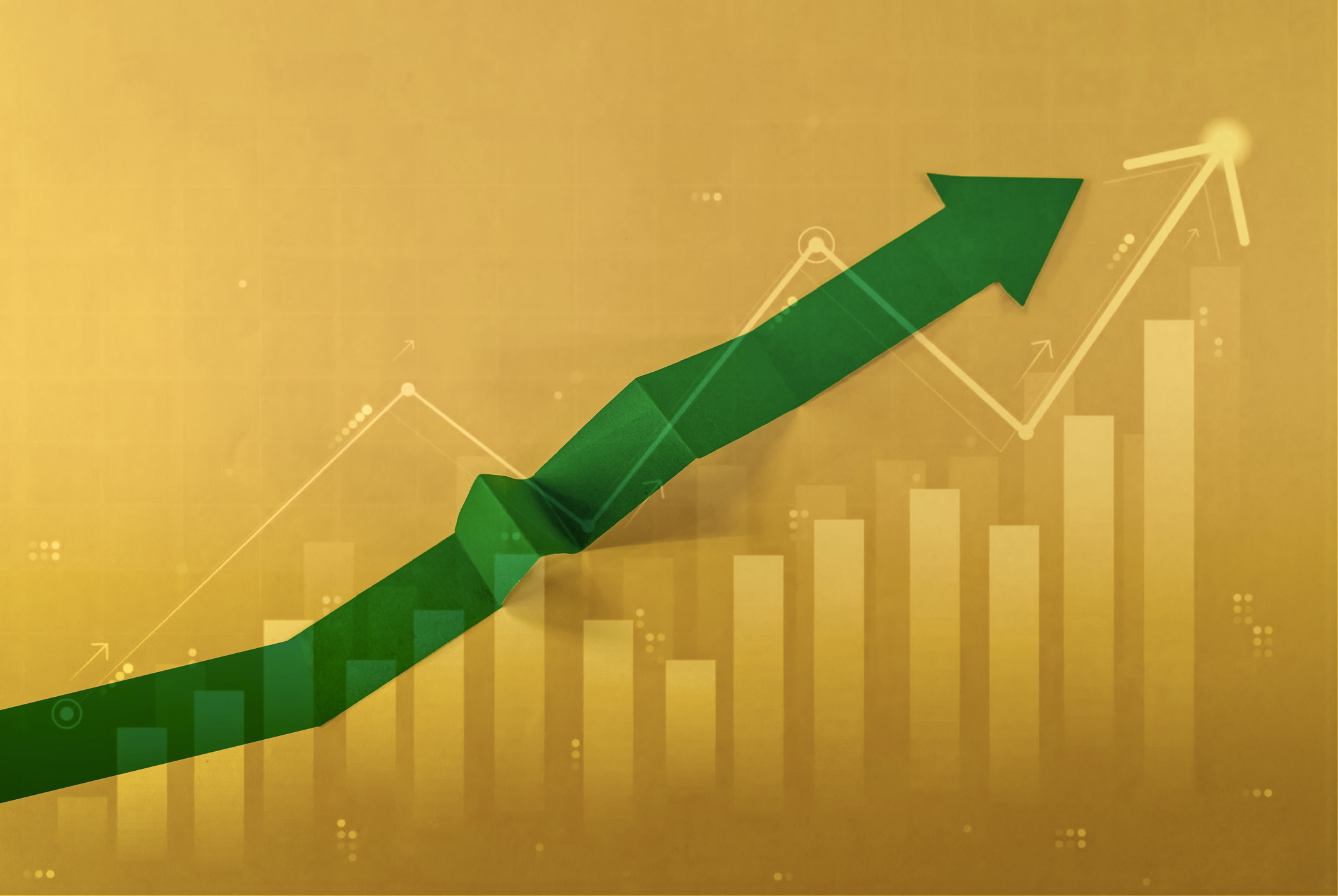Should You Invest in Pimco's Stock Index Funds?
The big bond manager combines derivatives with its fixed-income expertise to create funds designed to better their indexes.

Call me a Luddite for thinking that indexing was a good enough idea on its own that it didn’t need improvement. But Pimco, with its line of StocksPLUS and IndexPLUS funds, which promise a juiced-up, derivatives-heavy version of index investing, begs to differ.
The seven Pimco funds cover a few asset classes -- including small and large U.S. companies and international stocks -- and share some core features. Each is tied to an index, with the fund manager seeking to replicate the index’s returns with derivatives rather than by holding the underlying securities (Pimco manages 11 funds in this style, but only seven are available in the no-load D class shares). Because derivatives are generally designed to make big bets with a small amount of cash, those positions don’t typically tie up all of a fund’s resources. So each fund then invests its cash in an actively managed bond portfolio. Those underlying bond portfolios will tend to track the moves of Pimco Total Return (symbol PTTAX), although some focus on shorter-term bonds while others focus on longer-term securities, says Steven Jones, who handles marketing for the funds. (Total Return, the world’s largest mutual fund, is managed by Pimco founder Bill Gross.) And the funds may employ further use of derivatives in managing those underlying bond portfolios.
You could think of the funds as generating returns through two separate slices: through the indexes whose returns they’re seeking to replicate, and through the underlying bond portfolios. That should mean the funds beat their indexes when the bond portfolios generate sufficient returns to cover expenses, and then some.
From just $107.88 $24.99 for Kiplinger Personal Finance
Become a smarter, better informed investor. Subscribe from just $107.88 $24.99, plus get up to 4 Special Issues

Sign up for Kiplinger’s Free Newsletters
Profit and prosper with the best of expert advice on investing, taxes, retirement, personal finance and more - straight to your e-mail.
Profit and prosper with the best of expert advice - straight to your e-mail.
Performance has been respectable for some of the funds and excellent for others. Pimco StocksPLUS D (PSPDX), which seeks to track Standard & Poor’s 500-stock index while generating extra gains through a short-term bond portfolio, has returned 7.3% annualized over the past ten years (all returns are through July 23), almost matching the 7.5% annualized return for the S&P 500 index and iShares S&P 500 Index (IVV), an exchange-traded fund. Over the same period, Vanguard 500 Index (VFINX), a regular mutual fund, returned 7.4% annualized.
Pimco Small Cap StocksPLUS TR (PCKDX), which tracks the Russell 2000 index, a measure of small-company performance, returned 7.4% annualized over the past five years while the Russell index broke even. The fund outpaced its benchmark by far more than the S&P 500-tied fund beat its bogey, because Small Cap StocksPLUS invests in long-term bonds, which have performed better than short-term bonds.
Pimco also offers two international funds that employ the same strategy. Both funds are called Pimco International StocksPLUS TR Strategy. One, with the symbol PIPDX, hedges its currency exposure, and the other, with the symbol PPUDX, does not. Pimco StocksPLUS TR Short Strategy (PSSDX) is designed to track the inverse of the S&P 500’s movements, meaning it should shine when stocks fall. Pimco StocksPLUS Total Return (PSTDX) follows the S&P 500 while investing its collateral in short-to-intermediate-term bonds. And Pimco Fundamental IndexPLUS TR (PIXDX) follows an unconventional index that weights large U.S. companies according to factors such as sales, dividends and cash flow. Bill Gross is the listed manager for all of the funds except the international fund that employs currency hedges, which is run by Chris Dialynas.
But the funds’ complexity has costs. For starters, the Pimco funds are more expensive than the typical index fund. The iShares S&P 500 ETF charges just 0.09% per year for fees, for example, while the annual expenses of the Pimco funds’ D class shares range from 0.90% to 1.19% a year. And because those expense ratios don’t include transaction charges, they understate the true costs of owning the Pimco funds, which are frenetic traders. Pimco Fundamental IndexPLUS TR, for example, has a portfolio turnover ratio of more than 1,000%, according to Morningstar, implying that the fund scraps and rebuilds its entire portfolio about ten times per year.
The Pimco funds’ rapid turnover and heavy use of derivatives also means that those funds make larger distributions than traditional index funds do. And that can mean bigger tax bills for shareholders, which is why Jones recommends that investors consider the funds for tax-deferred accounts. (Unless Congress acts to delay tax hikes that are slated to take effect at the start of next year, the top federal tax rate for short-term capital gains will climb to 43.4% and for long-term gains to 23.8%; the current top rates are 35% and 15%, respectively.)
And then there are those derivatives, which in theory could blow up someday (Warren Buffett has labeled derivatives as financial weapons of mass destruction). Every derivative in Pimco’s portfolios has a counterparty, meaning an institution on the other side of the trade that Pimco is relying on to pay up when a trade works in its favor. Bill De Leon, global head of portfolio risk management for Pimco, says the firm is vigilant about managing its counterparty risk, meaning the risk that someone on the other side of its trades does not perform. He says that Pimco has a counterparty risk committee to evaluate the financial strength and creditworthiness of counterparties it works with, and that it has been moving its derivatives exposure to central clearinghouses (which will step in to assume the other side of a trade if a counterparty defaults), when possible.
To be sure, the dazzlingly bright minds at Pimco understand risk management well enough to have guided these funds, and the others under their watch, through the 2008-09 financial crisis without any disasters. But particularly today, with the euro zone in crisis, China’s growth slowing and the U.S. facing a potential budget nightmare, why not keep your portfolio’s risks all aboveboard, where you can keep an eye on them? If you want exposure to Pimco’s great minds and you also want stock-market index exposure, consider combining Pimco Total Return or Harbor Bond (HABDX), member of the Kiplinger 25, with a traditional stock index fund, in an allocation appropriate for your risk tolerance. The returns on such a combination may be lower than those on the Pimco stock funds, because traditional stock index funds don’t use leverage, but such a pairing will produce returns in a more transparent way.
Kiplinger's Investing for Income will help you maximize your cash yield under any economic conditions. Download the premier issue for free.
Profit and prosper with the best of Kiplinger's advice on investing, taxes, retirement, personal finance and much more. Delivered daily. Enter your email in the box and click Sign Me Up.

-
 Dow Adds 646 Points, Hits New Highs: Stock Market Today
Dow Adds 646 Points, Hits New Highs: Stock Market TodayIt was "boom" for the Dow but "bust" for the Nasdaq following a December Fed meeting that was less hawkish than expected.
-
 5 Types of Gifts the IRS Won’t Tax: Even If They’re Big
5 Types of Gifts the IRS Won’t Tax: Even If They’re BigGift Tax Several categories of gifts don’t count toward annual gift tax limits. Here's what you need to know.
-
 The 'Scrooge' Strategy: How to Turn Your Old Junk Into a Tax Deduction
The 'Scrooge' Strategy: How to Turn Your Old Junk Into a Tax DeductionTax Deductions We break down the IRS rules for non-cash charitable contributions. Plus, here's a handy checklist before you donate to charity this year.
-
 Dow Adds 646 Points, Hits New Highs: Stock Market Today
Dow Adds 646 Points, Hits New Highs: Stock Market TodayIt was "boom" for the Dow but "bust" for the Nasdaq following a December Fed meeting that was less hawkish than expected.
-
 Dow Rises 497 Points on December Rate Cut: Stock Market Today
Dow Rises 497 Points on December Rate Cut: Stock Market TodayThe basic questions for market participants and policymakers remain the same after a widely expected Fed rate cut.
-
 JPMorgan's Drop Drags on the Dow: Stock Market Today
JPMorgan's Drop Drags on the Dow: Stock Market TodaySmall-cap stocks outperformed Tuesday on expectations that the Fed will cut interest rates on Wednesday.
-
 Stocks Slip to Start Fed Week: Stock Market Today
Stocks Slip to Start Fed Week: Stock Market TodayWhile a rate cut is widely expected this week, uncertainty is building around the Fed's future plans for monetary policy.
-
 Stocks Keep Climbing as Fed Meeting Nears: Stock Market Today
Stocks Keep Climbing as Fed Meeting Nears: Stock Market TodayA stale inflation report and improving consumer sentiment did little to shift expectations for a rate cut next week.
-
 Small Caps Hit a New High on Rate-Cut Hope: Stock Market Today
Small Caps Hit a New High on Rate-Cut Hope: Stock Market TodayOdds for a December rate cut remain high after the latest batch of jobs data, which helped the Russell 2000 outperform today.
-
 UNH Sparks a 408-Point Surge for the Dow: Stock Market Today
UNH Sparks a 408-Point Surge for the Dow: Stock Market TodayThe best available data right now confirm both a slowing employment market and a December rate cut, a tension reflected at the equity index level.
-
 Stocks Bounce Back With Tech-Led Gains: Stock Market Today
Stocks Bounce Back With Tech-Led Gains: Stock Market TodayEarnings and guidance from tech stocks and an old-school industrial lifted all three main U.S. equity indexes back into positive territory.